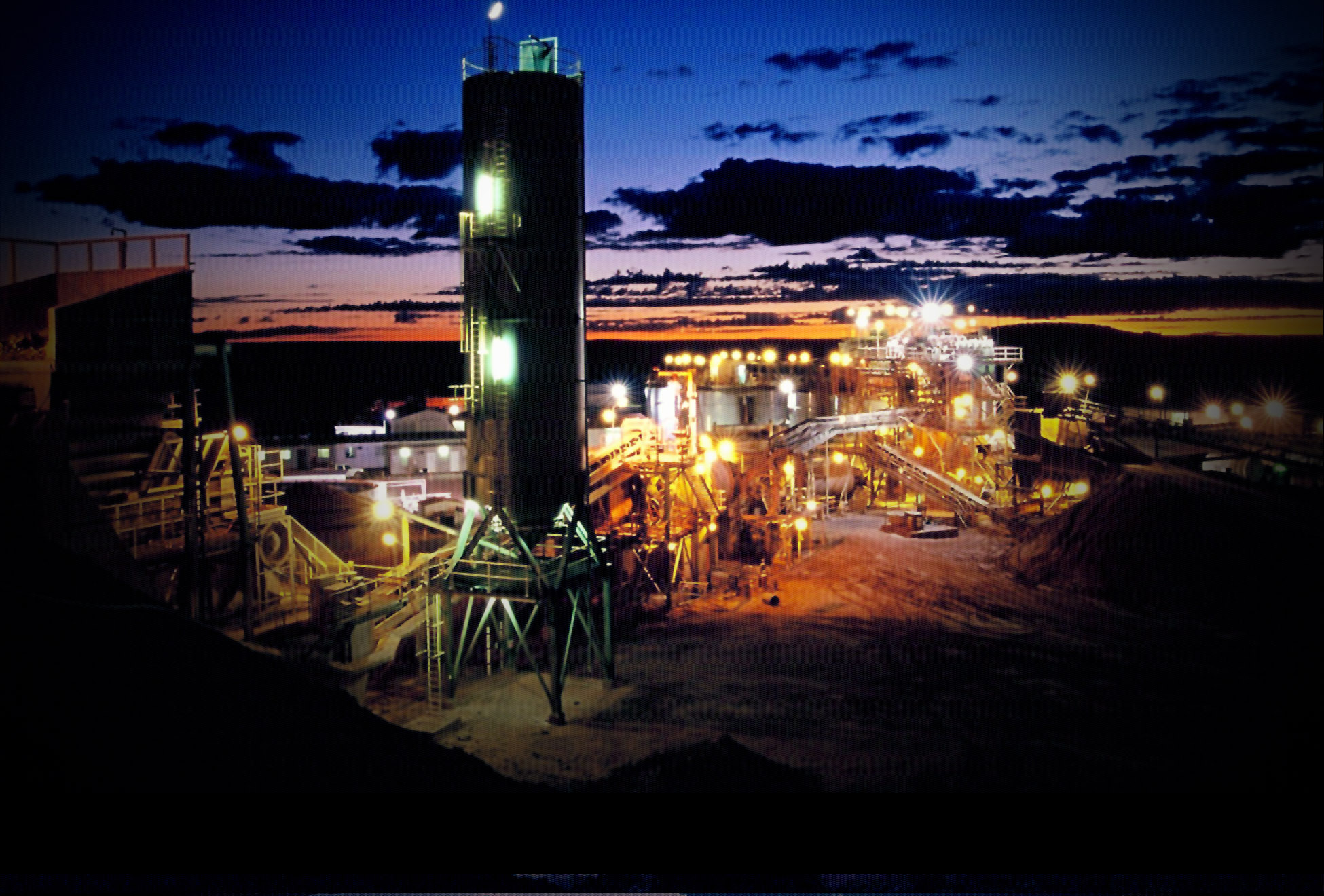
Applicable Definitions
Mineral Resource
A mineral resource is a concentration or occurrence of natural, solid, inorganic or fossilized organic material in or on the Earth's crust in such form or quantity and of such grade or quality that it has reasonable prospects for economic extraction. The location, quantity, grade, geological characteristics and continuity of a mineral resource are known, estimated or interpreted from specific geological evidence and knowledge. Mineral resources are sub-divided, in order of increasing geological confidence, into inferred, indicated and measured categories: An inferred mineral resource is that part of a mineral resource for which quantity and grade or quality can be estimated on the basis of geological evidence and limited sampling and reasonable assumed, but not verified, geological and grade continuity. The estimate is based on limited information and sampling gathered through appropriate techniques from locations such as outcrops, trenches, pits, workings and drill holes.
Indicated Mineral Resource
An indicated mineral resource is that part of a mineral resource for which quantity, grade or quality, densities, shape and physical characteristics can be estimated with a level of confidence sufficient to allow the appropriate application of technical and economic parameters, to support mine planning and evaluation of the economic viability of the deposit. The estimate is based on detailed and reliable exploration and testing information gathered through appropriate techniques from locations such as outcrops, trenches, pits, workings and drill holes that are spaced closely enough for geological and grade continuity to be reasonably assumed.
Measured Mineral Resource
A measured mineral resource is that part of a mineral resource for which quantity, grade or quality, densities, shape and physical characteristics are so well established that they can be estimated with confidence sufficient to allow the appropriate application of technical and economic parameters, to support production planning and evaluation of the economic viability of the deposit. The estimate is based on detailed and reliable exploration, sampling and testing information gathered through appropriate techniques from locations such as outcrops, trenches, pits, workings and drill holes that are spaced closely enough to confirm both geological and grade continuity.
Mineral Reserve
A mineral reserve is the economically mineable part of a measured or indicated mineral resource demonstrated by at least a preliminary feasibility study. This study must include adequate information on mining, processing, metallurgical, economic and other relevant factors that demonstrate, at the time of reporting, that economic extraction can be justified. A mineral reserve includes diluting materials and allowances for losses that may occur when the material is mined.
Probable Mineral Reserve
A probable mineral reserve is the economically mineable part of an indicated, and in some circumstances, a measured mineral resource demonstrated by at least a preliminary feasibility study. This study must include adequate information on mining, processing, metallurgical, economic and other relevant factors that demonstrate, at the time of reporting, that economic extraction can be justified.
Proven Mineral Reserve
A proven mineral reserve is the economically mineable part of a measured mineral resource demonstrated by at least a preliminary feasibility study. This study must include adequate information on mining, processing, metallurgical, economic and other relevant factors that demonstrate, at the time of reporting, that economic extraction can be justified.
The above definitions of “mineral reserve”, “proven mineral reserve”, “probable mineral reserve”, “mineral resource”, “measured mineral resource”, and “indicated mineral resource” conform to Canadian Institute of Mining, Metallurgy and Petroleum (“CIM”) definitions as defined in the CIM Standards on Mineral Resources and Reserves – Definitions and Guidelines as required by National Instrument 43-101 of the Canadian Securities Administrators, Standards of Disclosure for Mineral Projects.
Cautionary note to U.S. investors concerning estimates of measured, indicated and inferred mineral resources. U.S. investors are advised that the terms “measured mineral resource”, “indicated mineral resource” and “inferred mineral resource” are recognized and required by Canadian securities laws. These terms are not recognized by the U.S. Securities and Exchange Commission. U.S. investors should not assume that all or any part of mineral deposits in these categories will ever be converted into mineral reserves and that as compared with measured and indicated mineral resources, inferred mineral resources have a greater amount of uncertainty as to their existence, and great uncertainty as to their economic feasibility. It should not be assumed that any part of an inferred mineral resource will ever be upgraded to a higher category.
The technical information about GoodMark Capital Group Inc’s material mineral properties contained in this website have been provided as a reference within the meaning of National Instrument 43-101.

